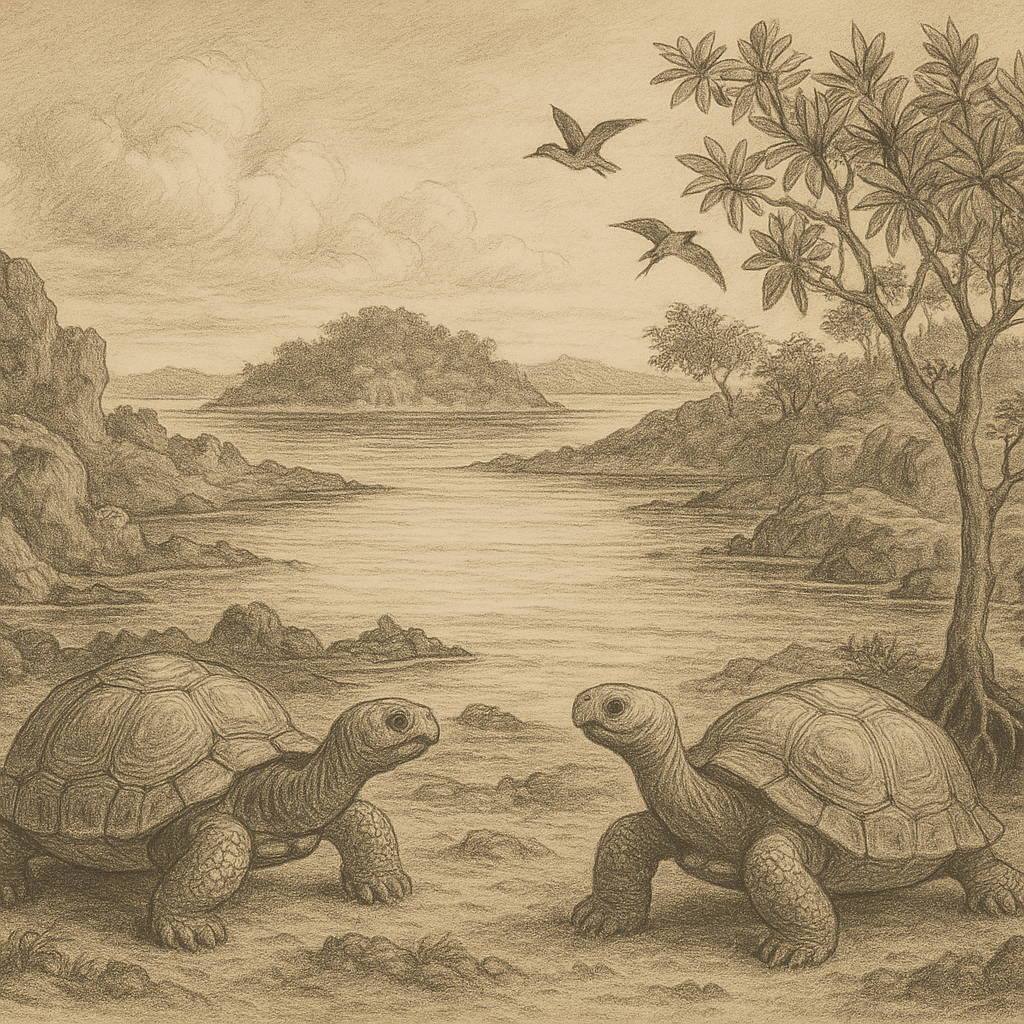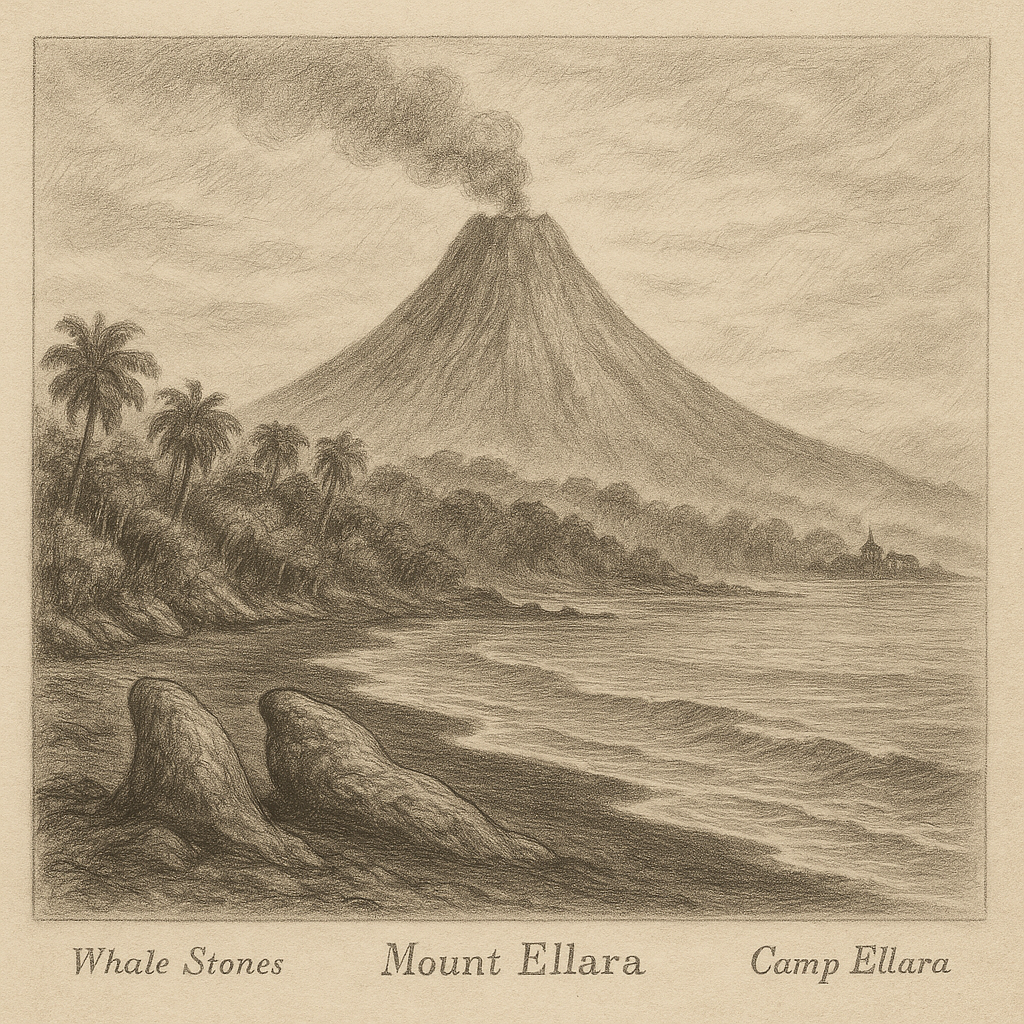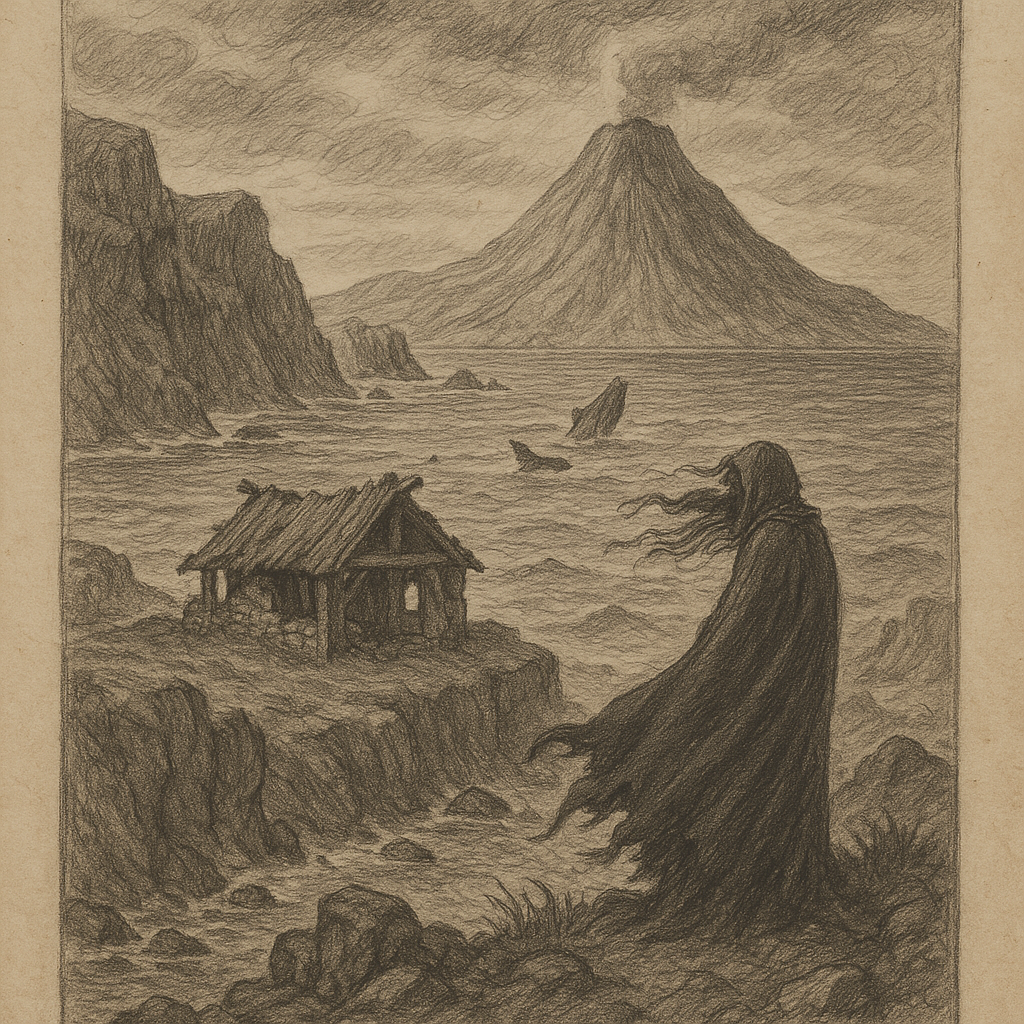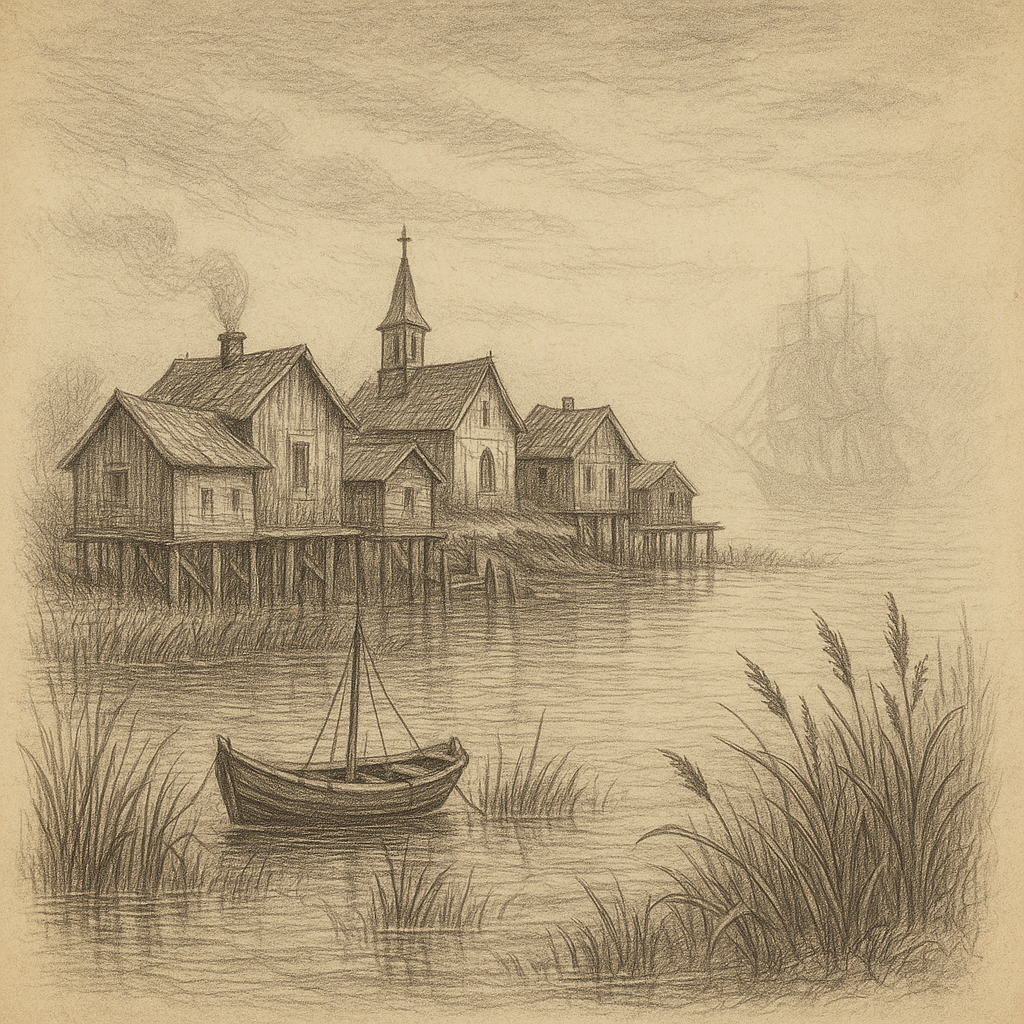Aldabra Island: A Remote Wildlife Sanctuary in the Indian Ocean
Aldabra Island, part of the Seychelles archipelago, is one of the most isolated and untouched islands in the world. Located in the Indian Ocean, over 1,100 km southwest of Mahé, the main island of Seychelles, Aldabra is a UNESCO World Heritage Site known for its pristine ecosystems and remarkable biodiversity. Stretching around 34 km in length and covering an area of about 155.4 square kilometers, the island has remained largely undisturbed by human presence, preserving its ecological integrity.
Geography and Formation
Aldabra is the largest raised coral atoll in the world. It consists of four main islands—Grand Terre, Malabar, Polymnie, and Picard—that encircle a shallow tidal lagoon with an extensive mangrove system. The island lies on the Aldabra Group, which also includes smaller islands and atolls. Unlike volcanic islands, Aldabra is of coral limestone origin, having gradually formed over thousands of years through the accumulation and uplift of coral reefs.
The atoll is surrounded by reef flats and steep outer slopes descending into deep oceanic waters, making it nearly inaccessible by boat except at specific tidal times. The lagoon and coral system support a unique combination of terrestrial and marine habitats, including seagrass beds, coral reefs, and open waters, which contribute to the island’s ecological richness.
Climate and Environmental Conditions
Aldabra has a hot and arid climate, with average annual rainfall ranging from 960 mm to 1,200 mm, depending on the season. Temperatures typically range between 22°C and 31°C throughout the year, and the island experiences a distinct dry season from May to November and a wetter monsoon season between December and April. These conditions create a semi-desert environment, supporting specially adapted fauna and flora.
Due to its remote location and limited accessibility, Aldabra has remained virtually untouched by agriculture, urban development, or industry. As a result, it represents one of the last remaining ‘natural laboratories’ where ecological processes continue without significant human interference.
Unique Biodiversity
Aldabra Island is renowned for its undisturbed biodiversity and is home to many endemic and endangered species. Most famously, it hosts the world’s largest population of Aldabra giant tortoises (Aldabrachelys gigantea), with an estimated 100,000 individuals roaming the islands freely. These tortoises have become a global symbol of successful wildlife conservation.
Birdlife is also abundant, with Aldabra being designated an Important Bird Area (IBA). Key species include the Aldabra drongo, Malagasy kestrel, Aldabra sacred ibis, and the flightless white-throated rail—one of the few flightless birds still surviving in the wild today. The surrounding coral reefs are rich in marine biodiversity, supporting reef sharks, green turtles, hawksbill turtles, groupers, and hundreds of fish species.
Seabirds nest in great numbers on the island, including red-footed boobies, frigatebirds, and tropicbirds. The mangrove swamps and lagoon flats provide breeding grounds, while the nutrient-rich coastal waters are critical feeding zones.
Conservation and Human Presence
The protection of Aldabra has been a priority for conservation organizations for decades. Managed by the Seychelles Islands Foundation (SIF), Aldabra is protected under strict conservation measures aimed at preserving its ecological value. Human habitation is limited to a small research station on Picard Island, where scientists and wardens monitor the environment and wildlife.
Access to the atoll is highly restricted. Visitation is permitted only under controlled conditions with special research or conservation permits. Introduced species pose the most significant threat to the island’s ecosystem. Past eradication efforts have focused on removing goats and cats that once devastated native flora and bird populations. Today, vigilant biosecurity protocols are in place to prevent new invasive species from arriving.
Scientific Research and Global Importance
Aldabra serves as a living laboratory for scientists studying island ecology, coral reef health, climate change, and evolutionary biology. Long-term monitoring programs have yielded critical data on sea level rise, tortoise population dynamics, and shifting marine species distributions.
The island’s isolation and relatively stable ecosystems provide a benchmark for understanding natural systems relatively free from anthropogenic pressures. In an era of widespread global biodiversity loss, Aldabra stands as a vital reference point for conservation science and environmental resilience.
Interesting Facts
– Aldabra is one of the few places in the world where a flightless bird, the white-throated rail, has not gone extinct, filling the ecological niche left vacant after the extinction of the dodo.
– In the early 20th century, the British considered building a military base on Aldabra but abandoned the plan due to the island’s tidal variations and harsh living conditions.
– The atoll’s lagoon is remarkably large, spanning 224 km², and is dotted with coral heads and channels that drastically change with the tide, making navigation difficult.
– Jacques Cousteau conducted marine expeditions around Aldabra in the 1950s, bringing the island’s rich biodiversity to worldwide attention.
Legends and Myths
Though Aldabra has remained sparsely inhabited throughout history, local seafarers and fishermen have attributed mystical qualities to the island. Due to its isolation, limited access, and unique wildlife, Aldabra has long been a source of legend among Indian Ocean maritime cultures.
One tale speaks of a mythical “stone ship” hidden in the atoll’s maze-like lagoon, said to hold ancient treasures left by pirates or explorers who never returned. Old Seychellois fishermen occasionally speak of ghostly lights seen flickering over the lagoon at night, interpreted as spirits or guardians of the island. Some believe the massive tortoises of Aldabra are not merely animals, but ancient souls reincarnated to protect the land.
While no historical evidence supports these stories, they contribute to the sense of mystery and reverence that surrounds Aldabra. The combination of inaccessibility, prehistoric-looking wildlife, and unexplored areas has fostered the island’s reputation as both a scientific marvel and a place of mythical wonder.
Conclusion
Aldabra Island stands as a beacon of ecological purity and conservation success. Its remoteness has become both its greatest challenge and its greatest asset, preserving an intricate web of life that blossomed in isolation. For scientists, naturalists, and adventurers, Aldabra represents the rare possibility of witnessing nature in a state close to what it might have been before human influence. Enigmatic, biodiverse, and steeped in quiet legends, Aldabra Island is truly one of Earth’s final frontiers.



